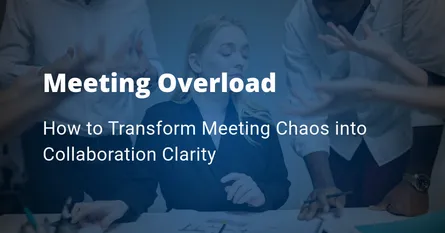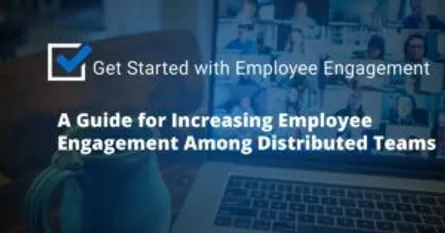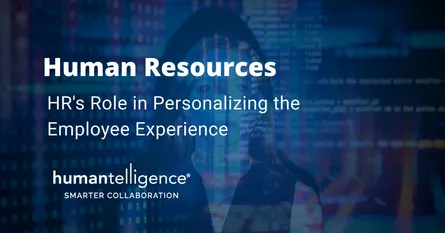
How to Prioritize Inclusion & Belonging on Your Team
- Admin
- DEIB , Collaboration
- 23 Nov, 2023
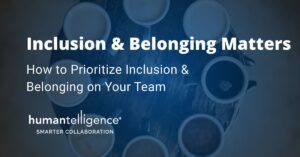
If you’re a people manager and find yourself asking how to prioritize inclusion & belonging on at work, we can help. At our organization, we firmly believe in the transformative power of diversity. We are committed to fostering an open, team-oriented, and positive environment that allows everyone to thrive, both personally and professionally. By embracing and aligning ourselves with practices that promote inclusion and belonging, we strengthen our culture. In fact, when teams learn how to prioritize inclusion & belonging at work, everyone wins. In this article, we share why it’s important to foster inclusion & belonging on your team and how you can do it.
Why Inclusion & Belonging in the Workplace Matters
It’s not just a buzzword; it’s a game-changer. When we talk about diversity, we’re referring to various aspects, including workforce diversity, behavioral diversity, structural diversity, and business diversity. By encompassing these dimensions, we unlock a world of benefits for our teams and our business as a whole:
- Increased Adaptability & Better Problem Solving: Diverse teams bring a wealth of perspectives, experiences, and approaches to the table. This diversity of thought enables us to adapt more quickly to changes and solve problems with a wider range of innovative solutions.
- Improved Communication & Performance: Embracing diversity leads to better communication among team members. When people from different backgrounds collaborate, they learn to appreciate different viewpoints and communicate more effectively. This synergy ultimately drives improved performance across the board.
- Attracting and Retaining Talent: Candidates actively seek out diverse workplaces. In fact, studies show that 67% of job seekers consider diversity a crucial factor when evaluating job offers. By fostering a diverse and inclusive environment, we attract top talent and increase our ability to retain valuable employees.
- Increased Innovation: Innovation thrives in diverse environments. When employees feel included and empowered to share their unique perspectives, creativity soars. According to Deloitte, inclusive workplaces see an impressive 83% increase in innovation.
The evidence supporting the benefits of diversity is substantial. Research shows that companies with an equal gender representation generate up to 41% higher revenue. Moreover, a study by McKinsey found that U.S. public companies with diverse executive boards enjoy a staggering 95% higher return on equity compared to homogeneous boards. Additionally, diverse teams experience a 60% improvement in decision-making, and when employees feel included, innovation skyrockets by 83%, as reported by Deloitte.
By embracing diversity, inclusion, and belonging, we foster an environment where employees excel at adapting to differences and challenges. Working alongside colleagues of diverse backgrounds and perspectives opens our minds to new ideas and strengthens our interpersonal relationships. Moreover, it equips us to identify creative solutions and build stronger functional, cross-functional, and customer relationships, leading to improved business outcomes. And here are some proven ways for how to prioritize inclusion & belonging at work.
How to Prioritize Inclusion & Belonging at Work
- Remove Unconscious Bias
Unconscious biases, or implicit biases, are social stereotypes about certain groups of people that individuals form outside their own conscious awareness. Everyone holds unconscious beliefs about various social and identity groups, and these biases stem from one’s tendency to organize social worlds by categorizing.
For example, if you’re continuing to hire based on a feeling you get from a candidate, you’re likely hiring on the basis of unconscious bias. The best way to prevent yourself from succumbing to these unconscious biases is to become aware of them and take action to prevent them when recruiting, hiring and retaining employees — like leveraging unbiased data to make hiring and personnel decisions.
Tinna C. Neilsen, founder of Move the Elephant for Inclusiveness, said that “The core of inclusion is all about leveraging diversity of thought — a tough thing for a lot of people because sometimes they don’t know enough about group dynamics like group conformity. You can have as much diversity and as many different kinds of people in a team, but if you allow group conformity to dominate, then you’re not going to leverage any of it anyway.”
Regarding workplace diversity and inclusion, Nielsen advises designing interventions that motivate the unconscious mind as opposed to relying on rational thought alone.
2. Build Leadership Buy-in
Some leaders might already be more bought-in to DEI. For those who are on the fence, you need to make things personal.
Start the conversation by asking your organization’s leaders specific questions like, ‘Why is DEI important to you personally…or maybe also why it’s not? How does it align with the business for you? How do you plan to hold yourself and our employees accountable?’ Having them understand why DEI is important to them and the business will create a good foundation — and reminder as to why we’re doing this. Creating that emotional connection with your leaders and making DEI personal can help you gain their long-term support.
You can also actively engage your leadership in initiatives. Encourage them to be executive sponsors of an employee resource group (ERG)/ affinity group, participate in a DEI steering committee, attend regular DEI training sessions with employees, or just share updates and processes periodically at senior leadership or executive meetings. This helps everyone feel in the know and accountable for improving DEI.
Keeping communication open with the C-suite can improve transparency and accountability by ensuring every area of the business feels buy-in for the success of DEI programs.
3. Actively Manage Diversity & Inclusion
The issues around a diverse workplace can be managed and mitigated if employers take active steps to ensure that their companies are recognized for tolerance and acceptance. Here are some tips for managing diversity in the workplace:
- Create written policies – Companies should create and include their diversity policy in their employee handbook. The policy should contain information about non-discrimination laws, the code of conduct, and the compensation and benefits policy. When it’s in writing, it’s hard to ignore.
- Provide sensitivity training – Employees should be provided with sensitivity training to create a better workplace culture. Sensitivity training can help employees value views that are different, understand how words and actions can cause offense, and what needs to be done if they’ve been offended.
- Create an accountability plan – Use regular surveys to check in on your progress, and have a plan in place for how you’re going to ensure staff uphold these policies.
- Address micro-aggressions – Micro-aggressions are thinly veiled, everyday instances of racism, homophobia, sexism (and more) that you see in the world. They are defined as a statement, action, or incident regarded as an instance of indirect, subtle, or unintentional discrimination against members of a marginalized group such as a racial or ethnic minority. Examples might include commenting on how someone speaks or is dressed. Use trainings to help address and prevent mico-aggressions against others.
4. Provide Resources
Keep inclusion & belonging top of mind for your employees and encourage them to learn more about pressing societal and workplace issues by providing access to robust resources and self-serve opportunities to learn. Consider some of the following:
- Weekly or monthly newsletter digests with articles on trending DEI topics
- Start a #BeTheChange Slack or chat channel, where employees can share experiences, resources, and opportunities to engage in thoughtful conversations
- Put a process in place to help employees form affinity or ERG groups — and
- have each group start and own their own Slack channels
- Share opportunities to donate to specific diversity-supporting organizations, with a potential company match
- Provide a forum for employees to present their experiences and learnings
- Empower employees with emotional intelligence data so they can communicate and collaborate more effectively and inclusively with employees different from themselves
By putting resource communication channels just a click away, employees begin talking about DEI more regularly — helping over time to reduce some of the discomfort people have around the topic and creating more organizational accountability.
5. Replace Antiquated Processes
A lot of times, the processes, practices, and architecture businesses have in place are antiquated, and we don’t even realize it. Nothing is going to change unless those things change, and people don’t change just because you tell them to. They change when you enable that change. This means empowering choice around structure and architecture while putting tools and resources in front of somebody in order to enable them to do something totally different without them even realizing it.
One of the biggest and quickest levers in moving the needle for your company culture is in processes for who you hire. Each individual you add or remove will play a part in your culture’s evolution. It’s human nature to hire people like ourselves, so it’s imperative to leverage a variety of networks and tools to support hiring based on diversity of backgrounds/ perspectives vs. simply hiring people to whom you gravitate, happen to already know, or who come recommended. This calls for reshaping antiquated hiring processes — by seeking and interviewing for culture fit/add rather than the traditional skill-based interview.
The Power of Inclusion & Belonging: Communication & Collaboration
Leading companies recognize how to prioritize inclusion & belonging at work and that diversity goes beyond race, age, gender, and physical ability—it encompasses diversity of thought. By broadening our definition of diversity and embracing inclusive workplaces, we gain a deeper understanding of our employees and unlock additional solutions to challenges.
To foster a culture built on diversity and inclusion, it is crucial to give every employee a voice, truly listen to them, and create an environment where everyone can participate. At our organization, we are committed to removing unconscious bias, hiring for diversity of thought, and supporting inclusive communication.
Inclusion and belonging are essential components of a positive work environment. Inclusion refers to the extent to which individuals feel valued, respected, and supported in the workplace regardless of their background or identity. Belonging refers to the sense of community and connection that individuals feel with their colleagues and the organization as a whole. When employees feel included and a sense of belonging at work, they are more likely to be motivated, engaged, and productive.
Human connection in the workplace can improve inclusion and belonging in several ways. Firstly, when colleagues have positive relationships with each other, they are more likely to understand and appreciate each other’s unique perspectives and backgrounds. This can lead to increased empathy and respect for diversity, which is essential for creating an inclusive work environment.
Secondly, having a sense of connection with colleagues can increase trust and psychological safety in the workplace. When individuals feel comfortable expressing themselves and sharing their ideas, they are more likely to contribute to the team’s success. A study conducted by Google found that teams with high levels of psychological safety had higher levels of productivity, innovation, and overall performance (Edmondson, 2012).
Lastly, human connection in the workplace can promote a culture of collaboration and teamwork. When individuals feel connected to their colleagues, they are more likely to work together and support each other’s success. This can lead to increased creativity and problem solving, as well as a stronger sense of community within the organization.
If you’re interested in learning how to prioritize inclusion & belonging at work using technology, let’s connect!
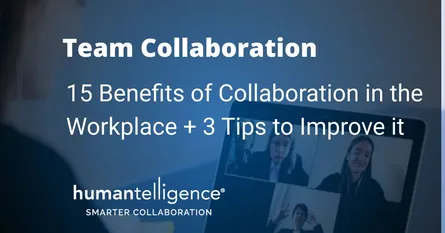
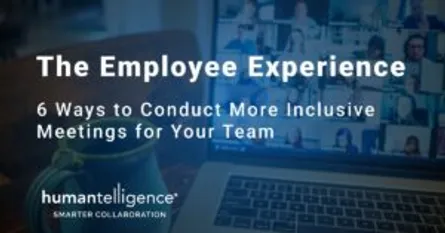
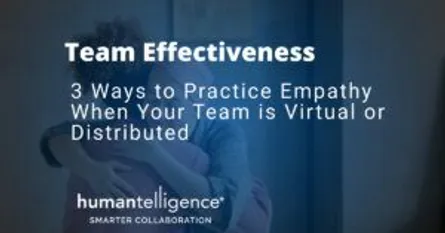
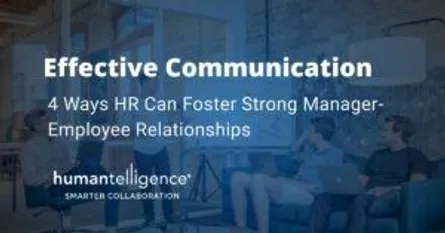
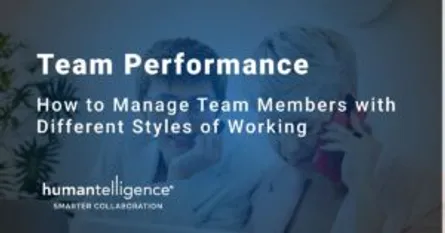

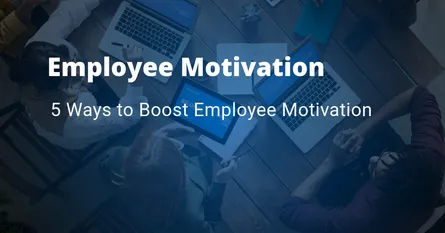

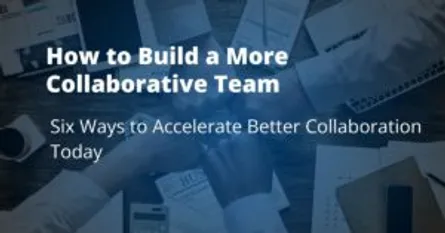

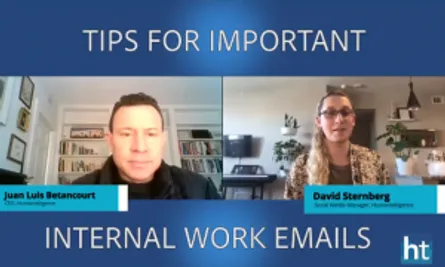
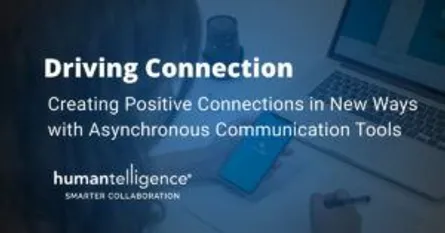
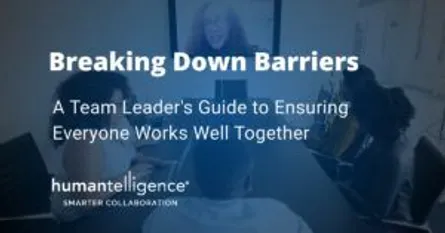
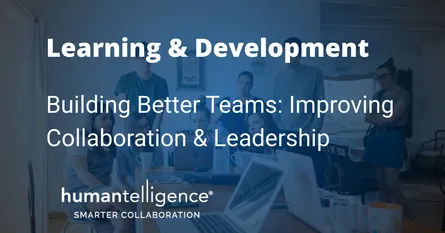

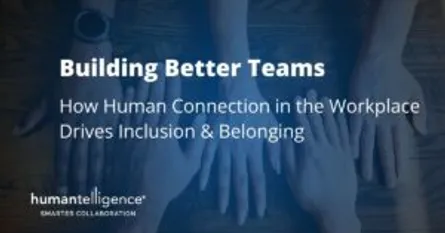

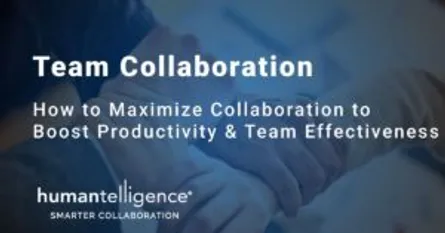


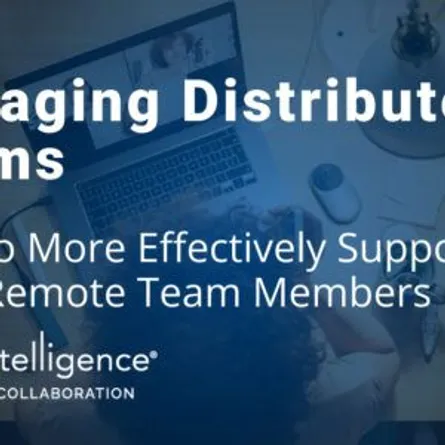
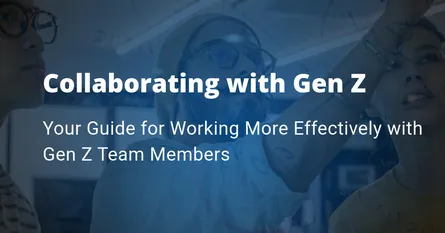
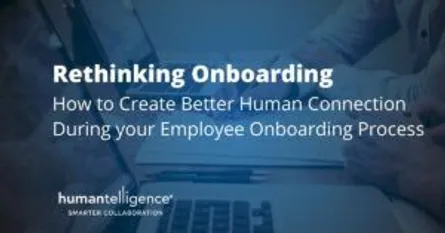


-Low-Quality.DNBpXyLx_1VXSiM.webp)
.CiqwvMOO_A63sY.webp)
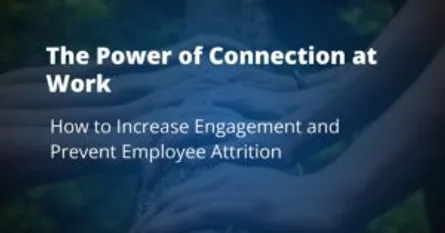
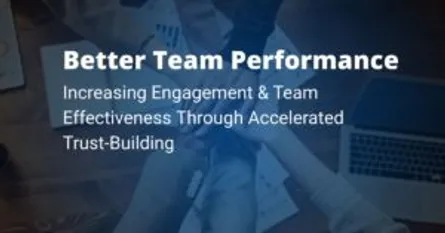
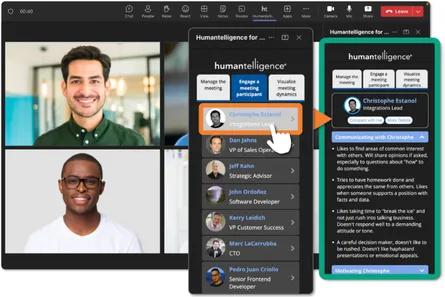
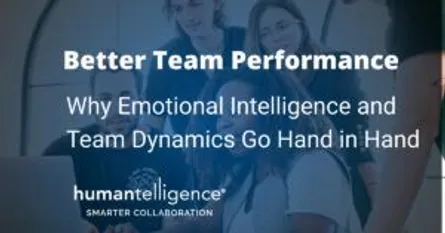
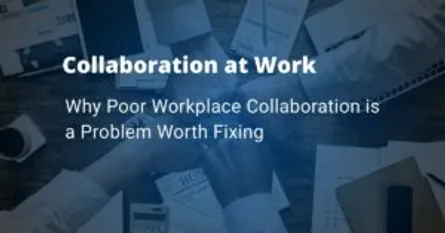
-Medium-Quality.ZFp5mEuF_Z13ebXJ.webp)
